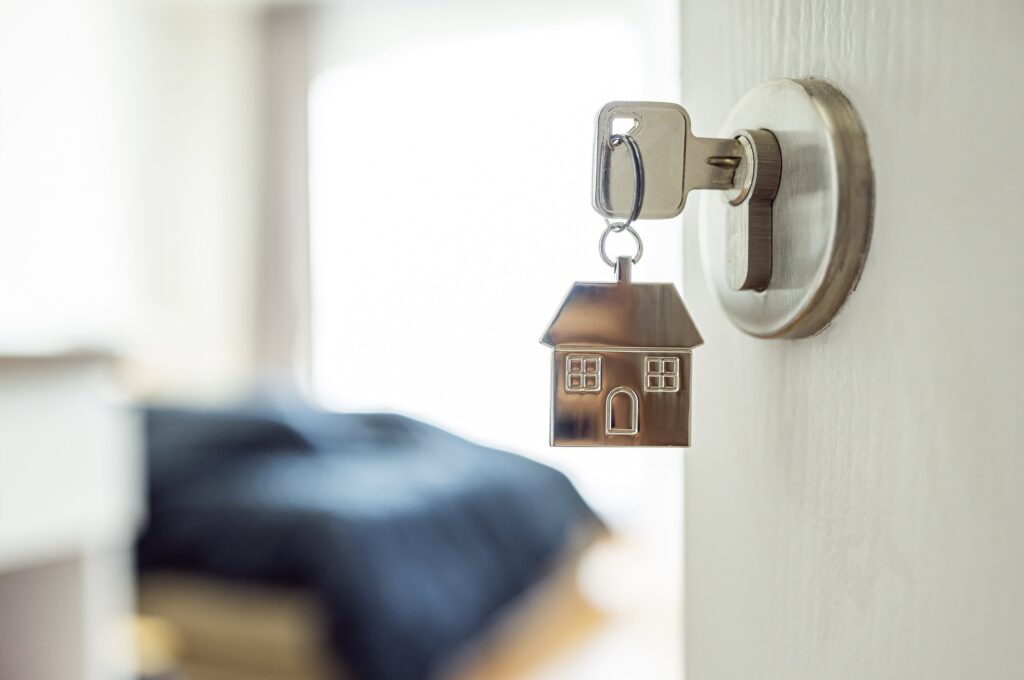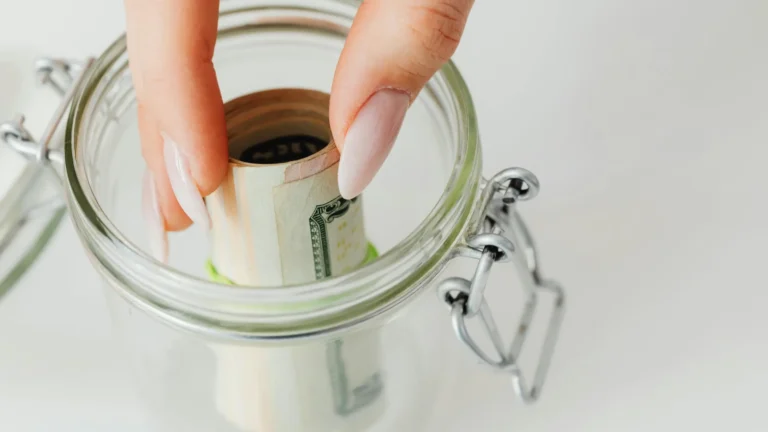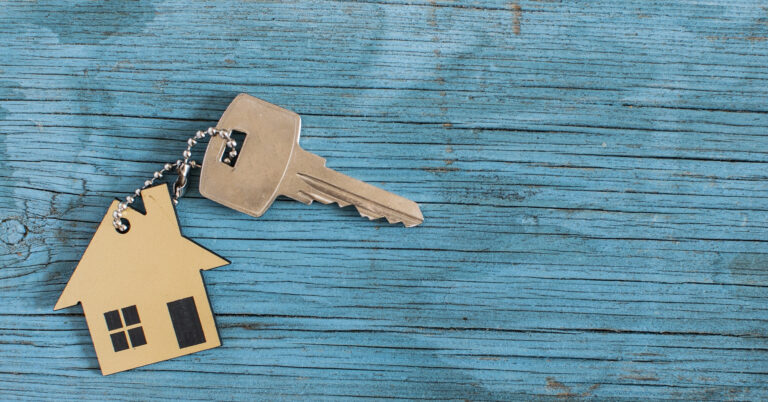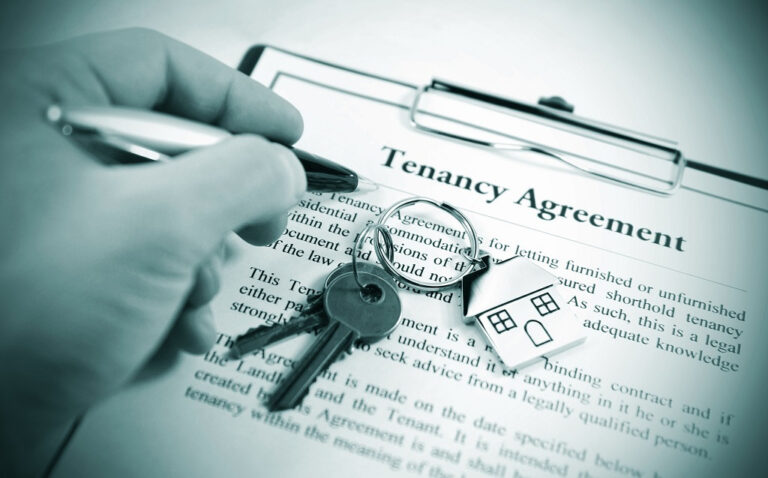Tenancy deposit scheme have been around for more than a decade – but they can still be tricky to understand for tenants.
In this guide, we’ll explain everything you need to know about how the schemes work, the rules around them, your obligations as a tenant and what your landlord must do to stay compliant.
What is my tenancy deposit for?
Tenancy deposits are sums of money payable by tenants and used as security by landlords against costs or damage at the end of a tenancy.
Does my landlord have to take a deposit from me?
Landlords aren’t legally required to take a tenancy deposit, but it’s highly recommended and the vast majority do.
If your landlord is letting their property through an agent, they will always be required to take a deposit.
What is deposit protection?
If you sign an Assured Shorthold Tenancy (AST), your tenancy deposit must be protected in a deposit protection scheme, which is government-backed.
Deposit protection was introduced for all ASTs starting after April 5, 2007.
If you’re renting a property from a private landlord, your tenancy is an AST and it began after April 5, 2007, your deposit must be protected.
If your tenancy began before April 6, 2007 and you haven’t signed a new agreement since, your deposit is probably not protected and is not required to be by law.
What are the three tenancy deposit schemes?
Here at Parkers, we protect our landlord’s tenancy deposits with the Deposit Protection Service.
How does a tenancy deposit scheme work?
Deposits can be protected in two ways – custodial and insured.
With the custodial option, your deposit is held by the scheme, while the insured option sees your landlord keep the deposit in their own account alongside an insurance policy issued by the scheme.
Here at Parkers, we always recommend landlords use the custodial option, which is a much simpler process and has no up-front costs
Deposit protection rules
If you’re signing an Assured Shorthold Tenancy (AST) agreement, your deposit must be protected within 30 days of your landlord receiving it.
Maximum deposits and holding deposits
Under the Tenant Fees Act 2019, your deposit amount should be no more than five weeks’ rent if your annual rent doesn’t exceed £50,000.
If the annual rent does exceed £50,000, your landlord can charge you a deposit of no more than six weeks’ rent.
If you pay a holding deposit to secure the property while referencing and credit checks are carried out, this should be no more than one week’s rent.
Prescribed information
As well as protecting your deposit, your landlord must provide you with certain information within 30 days of receiving your deposit.
Known as ‘prescribed information’, they should tell you:
- The amount they have taken as a deposit
- The address of the property you’re renting
- The name, address, and contact details of the deposit protection scheme being used
- Their name, address, and contact details
- The terms and conditions of the scheme if they’re using a custodial option
Who pays the deposit protection fee?
Custodial deposit protection is free of charge.
Insured deposit protection does come with some fees, which are payable by your landlord.
When do I pay my deposit and first month’s rent?
Your deposit and first month’s rent will usually be due once you’ve signed your tenancy agreement alongside your landlord.
How do I get my deposit back from the deposit protection scheme?
Once your tenancy has ended, you can request your deposit is returned by contacting your landlord.
Your landlord will then let you know if they wish to make any deductions.
If you agree with the amount your landlord proposes to return and your deposit is held in a custodial scheme, you can contact the scheme and request that the agreed amount is returned.
If your deposit is held by your landlord under an insured scheme, they will return the agreed amount, and this must be done within 10 days.
What can my landlord deduct from my deposit?
Your landlord can make deductions from your deposit to cover costs associated with:
- Damage to the property
- Missing or damaged contents owned by the landlord
- Cleaning if the property is left in worst condition than the start of the tenancy
- Disposal of items left behind by the tenant
- Outstanding rent
- Unpaid bills
Your landlord is legally obligated to keep your property safe and in good working condition throughout your tenancy and costs can’t be deducted for maintenance and repairs unless you are at fault.
You must also treat the property in a proper manner, meaning you should take good care of it and report any maintenance or repair issues in good time.
The most common deposit deductions are made for cleaning, so you should also ensure the property is left in the same state of cleanliness as when you moved in.
What happens if I disagree with my landlord over my deposit?
If you disagree with your landlord’s deductions, you should discuss it with them and try to find a resolution.
However, if you’re unable to agree, deposit protection comes with a free resolution service.
When you agree to use the resolution service, you accept the protection scheme’s final decision on your deposit is legally binding.







